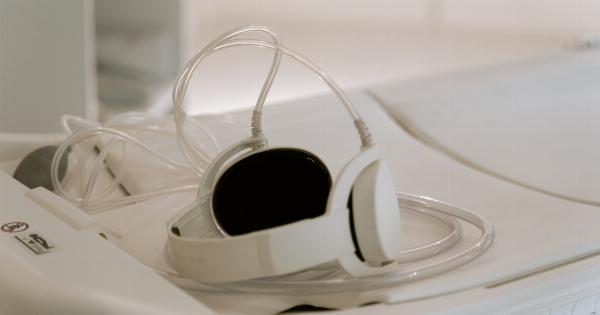Heart disease is a leading cause of maternal mortality during pregnancy. Pregnant women with pre-existing heart conditions or those who develop heart problems during pregnancy require medical intervention.
However, conventional heart catheterization procedures can pose significant risks to both the mother and the unborn baby. Minimally invasive heart catheterization is an innovative and safer alternative for pregnant women with heart conditions.
What is Heart Catheterization?
Heart catheterization is a diagnostic procedure that involves examining the blood vessels and chambers of the heart. It helps healthcare providers diagnose and treat various heart conditions.
During a conventional heart catheterization, a long, thin tube called a catheter is inserted into an artery or vein in the arm or groin. The catheter is then guided to the heart, and contrast dye is injected to create detailed images of the heart’s arteries and chambers.
Risks of Conventional Heart Catheterization for Pregnant Women
While heart catheterization is generally considered safe, it can pose significant risks to pregnant women. Some potential risks include:.
- The use of contrast dye can affect the baby’s kidneys.
- Radiation exposure during the procedure can harm both the mother and the baby.
- The catheterization process can cause damage to blood vessels or result in bleeding.
- Pregnant women are already at an increased risk of blood clots, and catheterization can further increase this risk.
- Infections may occur at the insertion site of the catheter.
Minimally Invasive Heart Catheterization
Minimally invasive heart catheterization, also known as transcatheter intervention, is a newer and less risky approach for pregnant women with heart conditions.
This procedure involves accessing the heart through a small incision or puncture in a blood vessel, usually in the wrist or groin area.
The Advantages of Minimally Invasive Heart Catheterization for Pregnant Women
Minimally invasive heart catheterization offers several advantages over traditional catheterization for pregnant women:.
- Reduced radiation exposure: Minimally invasive techniques utilize imaging technologies that minimize radiation exposure to the mother and unborn baby.
- Less risk of complications: The smaller incisions used in minimally invasive procedures reduce the risk of bleeding, blood vessel damage, and infections.
- Shorter recovery time: Pregnant women undergoing minimally invasive heart catheterization typically experience shorter hospital stays and quicker recovery times.
- Minimized impact on the baby: By avoiding the use of contrast dye, the potential risks to the baby’s kidneys are significantly reduced.
Conditions Treated with Minimally Invasive Heart Catheterization during Pregnancy
Minimally invasive heart catheterization can treat various heart conditions in pregnant women, including:.
- Heart valve problems: Catheter-based interventions can repair or replace damaged heart valves without the need for open-heart surgery.
- Coronary artery disease: Blockages in the heart’s arteries can be treated through techniques like angioplasty and stenting.
- Arrhythmias: Minimally invasive procedures can correct irregular heart rhythms to ensure optimal blood flow to the mother and baby.
- Congenital heart defects: Certain congenital heart defects can be addressed using minimally invasive interventions.
Consultation and Benefits versus Risks
Before undergoing any medical procedure, pregnant women with heart conditions should consult with a cardiologist who specializes in managing heart diseases during pregnancy.
The cardiologist will assess the risks and benefits of minimally invasive heart catheterization based on the individual’s specific condition.
While minimally invasive heart catheterization offers several advantages, it is essential to weigh them against the potential risks.
The cardiologist will evaluate factors such as the severity of the heart condition, the stage of pregnancy, and any other health concerns to determine the most appropriate treatment plan.
Conclusion
Minimally invasive heart catheterization provides pregnant women with safer options for diagnosing and treating heart conditions during pregnancy.
By minimizing radiation exposure, reducing complications, and speeding up the recovery process, this innovative approach offers improved outcomes for both the mother and the baby. However, thorough consultation and evaluation of individual risks and benefits are crucial before proceeding with any medical intervention during pregnancy.



























